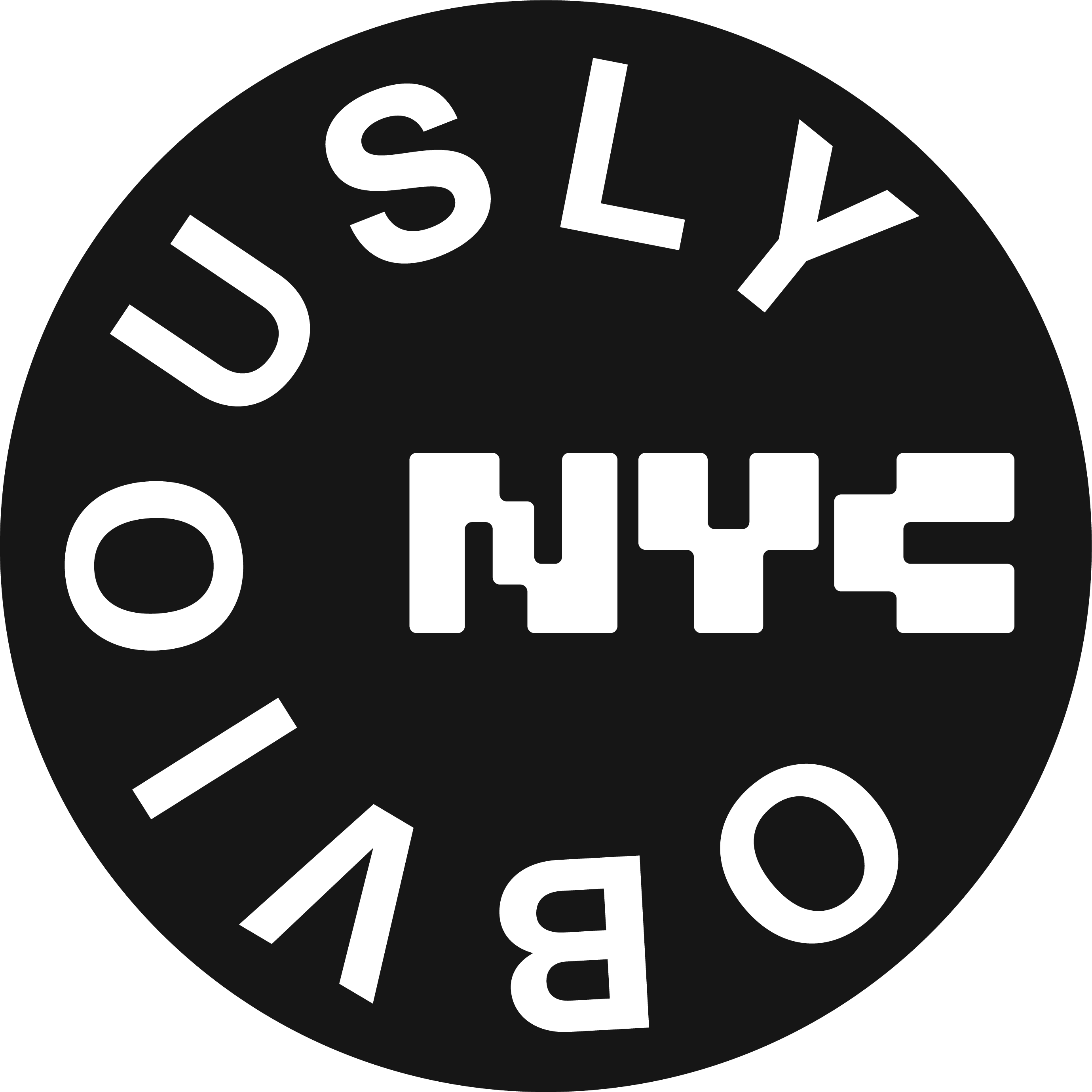
HITRUST certification has become the gold standard for healthcare security and privacy compliance, offering organizations a structured way to demonstrate their commitment to protecting sensitive data. But for many companies, understanding the true cost of HITRUST certification remains a challenge. Budget planning for this significant investment requires clarity on both direct expenses and hidden costs that can impact your bottom line.
This comprehensive guide will help you navigate the financial landscape of HITRUST certification, from initial assessment fees to ongoing maintenance costs. We’ll break down what drives costs across different organization sizes, explore ways to optimize your investment, and provide realistic budget ranges based on current market conditions.
Why it matters: Unexpected compliance costs can derail your budget and timeline. By understanding the complete financial picture upfront, you can plan effectively, secure appropriate resources, and avoid costly surprises during your certification journey.
Throughout this guide, we’ll examine the various components that make up HITRUST certification costs, including:
- Assessment types and their price differences (e1, i1, r2)
- External assessor fees and how they scale with scope
- HITRUST platform costs and report credit fees
- Internal resource requirements and staffing considerations
- Technical remediation expenses
- Compliance automation and tool investments
- Ongoing maintenance and recertification costs
Whether you’re a startup exploring your first compliance certification or an enterprise planning a complex implementation, this guide will provide actionable insights to help you budget accurately, identify cost-saving opportunities, and maximize the return on your HITRUST investment.
Our analysis draws from actual market data, assessor firm pricing, and real-world implementation experiences to give you the most accurate picture possible of what HITRUST certification will cost your organization in today’s environment.
Cost components
Achieving HITRUST certification involves several distinct cost categories that organizations need to budget for appropriately. Understanding these components helps you develop a realistic financial plan for your certification journey.
HITRUST platform fees include subscription costs and report credits. MyCSF access typically ranges from $3,000-$6,000 for short-term access, while annual subscriptions can cost $9,000-$32,000+ depending on your organization’s tier. Additionally, you’ll need to purchase “report credits” that vary by assessment level (approximately $6,000 for e1, $7,000 for i1, and $8,000-$9,000 for r2).
External assessor fees often represent the largest third-party expense. These costs cover readiness assessments, validated testing, and report preparation by an authorized HITRUST assessor firm. Depending on your assessment scope, these fees can range from the low tens of thousands for small engagements to over $100,000 for large or complex r2 projects, typically accounting for 25-60% of direct costs.
Remediation and gap-filling work is frequently underestimated but critical. Pre-audit readiness services and remediation consulting can represent 10-40%+ of first-year costs. This includes policy development, control implementation, and evidence preparation, with costs increasing substantially if technical projects are required to address significant gaps.
Internal staff time represents a hidden but substantial cost component. Organizations typically invest hundreds to thousands of hours from project management, engineering, security, legal, and HR teams. Industry estimates suggest 300-750+ internal hours depending on your risk profile and size, which can represent 20-50% of total program costs when converted to labor dollars.
Compliance tools and automation platforms reduce manual effort but add subscription costs. GRC tools and evidence collection platforms typically range from a few thousand dollars annually for small companies to tens of thousands for enterprise solutions. While these tools represent an additional expense, they can significantly reduce ongoing labor costs and assessor time.
Factors influencing cost
The total cost of HITRUST certification varies widely based on several key factors that directly impact both time and expense. Understanding these drivers helps you anticipate where your organization might fall within the typical cost ranges.
Assessment type and control count significantly influence overall costs. The three main HITRUST assessment options increase in complexity: e1 (44 requirements), i1 (approximately 182 requirements), and r2 (risk-based, potentially hundreds to over 1,000 controls). More controls inevitably lead to higher assessor time and costs due to the increased testing and evidence requirements.
Scope definition directly impacts assessment complexity and cost. Organizations with multiple systems, locations, business units, networks, or in-scope cloud services will experience higher costs due to increased sampling and evidence work. Carefully defining your scope can help control costs without compromising certification value.
Your control maturity level before beginning the assessment process is a major cost factor. Organizations with well-established security programs will require less remedial work, significantly reducing both cost and time. HITRUST requires controls to operate for defined periods (typically around 90 days) prior to validation testing, so starting with mature controls provides a substantial advantage.
Effective use of inheritance can dramatically reduce duplication and costs. Organizations that leverage inherited controls from cloud service providers or other HITRUST-certified partners can remove duplicative testing. This inheritance capability, supported through MyCSF, can materially reduce both cost and time requirements for eligible controls.
Geographic location and assessor rates create regional cost variations. Assessor or consultant day-rates vary substantially by geography and firm type. While local or regional providers often have lower hourly rates, central HITRUST fees (MyCSF subscriptions and report credits) remain consistent in USD regardless of location.
Your organization’s size and complexity create natural cost scaling. Startups and small businesses with limited scope can typically achieve e1 certification for approximately $20,000-$70,000 over 1-3 months. Mid-market companies pursuing i1 certification generally spend $60,000-$200,000 over 4-9 months. Large enterprises or healthcare systems seeking r2 certification commonly invest $150,000-$1,000,000+ over 6-18+ months depending on scope and remediation needs.
Example scenarios
Startup healthcare SaaS company pursuing e1 assessment. A 15-person telehealth startup preparing for its first HITRUST e1 validated assessment faces relatively manageable costs. With a single cloud-based application handling limited PHI, they budget approximately $30,000 in direct costs: $6,000 for HITRUST platform access, $6,000 for the e1 report credit, and $18,000 for their external assessor. Their internal team dedicates about 150 hours to the effort, equivalent to roughly one team member at 25% capacity for three months. The entire process takes 10 weeks from kickoff to certification.
Mid-sized healthcare technology vendor pursuing i1 assessment. A 300-employee healthcare analytics company with multiple products requires a more robust i1 assessment to satisfy enterprise healthcare customer requirements. Their direct costs reach approximately $120,000: $15,000 for annual MyCSF access, $7,000 for the i1 report credit, $60,000 for assessor fees, $25,000 for remediation consulting, and $13,000 for penetration testing and additional technical validations. Their team dedicates approximately 450 internal hours across IT, security, and compliance teams. The certification process spans six months, with remediation work accounting for half that time.
Large hospital system pursuing r2 assessment. A multi-state hospital system with 15,000 employees and dozens of facilities undergoes a comprehensive r2 assessment. Their direct costs exceed $500,000: $35,000 for enterprise MyCSF subscription, $9,000 for the r2 report credit, $250,000 for assessor fees across multiple locations, $150,000 for remediation projects (including network segmentation, logging infrastructure upgrades, and identity management improvements), and $60,000 for technical testing and GRC tooling. The organization dedicates three full-time employees to the project for 14 months, plus involvement from dozens of domain experts. Their certification timeline stretches to 15 months due to the extensive scope and remediation requirements.
Healthcare insurance provider renewing an existing certification. An established payer organization with 2,000 employees renewing their HITRUST certification experiences significantly lower costs than their initial certification. Their direct renewal costs total approximately $100,000: $20,000 for MyCSF subscription, $8,000 for report credit, and $72,000 for assessor fees. Because they’ve maintained their controls and use automation for evidence collection, their internal effort decreases to approximately 200 hours, and their timeline shortens to just four months from start to finish.
Managed service provider leveraging inheritance. A specialized healthcare MSP serving multiple covered entities implements a HITRUST i1 program specifically to create inheritance benefits for their customers. Their investment of $85,000 ($15,000 for MyCSF, $7,000 for report credit, $45,000 for assessor fees, and $18,000 for remediation) enables them to provide inheritance packages to customers, reducing those customers’ assessment scope by approximately 30%. This creates a competitive advantage while reducing their customers’ certification costs by $20,000-$40,000 each.
Cost-saving tips
Start with a narrow, focused scope. Define your assessment boundary carefully to include only what’s necessary for your business objectives. Including too many systems or locations unnecessarily increases both complexity and cost. A thoughtfully defined scope allows you to achieve meaningful compliance without breaking the bank.
Leverage inheritance from your service providers. If you use cloud service providers or other vendors who already maintain HITRUST certification, you can inherit their controls rather than implementing and testing them yourself. This inheritance can significantly reduce the number of controls your organization needs to directly manage and validate, often resulting in 30-50% less work for applicable control areas.
Invest in automation tools for evidence collection. Manual evidence gathering is one of the most time-consuming aspects of HITRUST preparation. Compliance automation platforms can continuously collect, organize, and map evidence to specific HITRUST requirements. This not only reduces staff time but also improves accuracy and reduces the hours your assessor needs to spend reviewing documentation.
Prepare thoroughly before engaging an assessor. The most cost-effective approach is to have your controls fully implemented and operating for the required maturation period (typically 60-90 days) before bringing in external assessors. Rushing to assessment before you’re ready leads to remediation cycles and additional testing fees that could have been avoided.
Consider a phased certification approach. Rather than immediately pursuing the most comprehensive assessment type, consider starting with a more focused assessment (like e1) to validate your foundational controls. This establishes a solid compliance baseline that you can build upon, reducing the risk of costly surprises in broader assessments later.
Bundle with other compliance frameworks. If your organization needs multiple certifications (like SOC 2 and HITRUST), work with assessors who can coordinate testing across frameworks. This approach reduces duplicative testing and leverages evidence that satisfies requirements for multiple frameworks simultaneously.
Negotiate fixed-fee engagements when possible. Time and materials billing can introduce significant cost uncertainty. If your scope is well-defined, many assessors offer fixed-fee packages that provide budget predictability and eliminate the risk of unexpected charges due to scope misunderstandings.
Conclusion
HITRUST certification represents a significant investment, but the long-term value extends far beyond compliance checkboxes. Organizations that successfully achieve and maintain HITRUST certification demonstrate a serious commitment to information security and privacy that resonates with customers, partners, and regulators. The structured approach HITRUST provides also creates operational efficiencies that often offset initial implementation costs.
The key to managing HITRUST costs effectively lies in thoughtful planning, appropriate scoping, and selecting the right partners. By focusing on efficiency strategies like automation, inheritance, and careful preparation, organizations can significantly reduce both direct and indirect costs while maintaining high-quality compliance outcomes.
Thoropass helps organizations streamline their HITRUST journey with purpose-built automation, inheritance capabilities, and expert guidance that reduces both cost and complexity. Our platform’s continuous monitoring ensures your organization stays audit-ready throughout the year, eliminating the expensive scramble that often precedes assessments. With Thoropass, you maintain strong compliance while reducing the resources required to achieve it.
Consider scheduling a discovery session to learn how our approach can help you achieve HITRUST certification more efficiently and cost-effectively than traditional methods.

Related Posts
Stay connected
Subscribe to receive new blog articles and updates from Thoropass in your inbox.
Want to join our team?
Help Thoropass ensure that compliance never gets in the way of innovation.

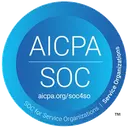


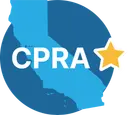




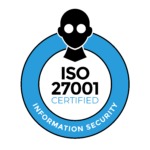

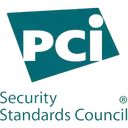
.png)
